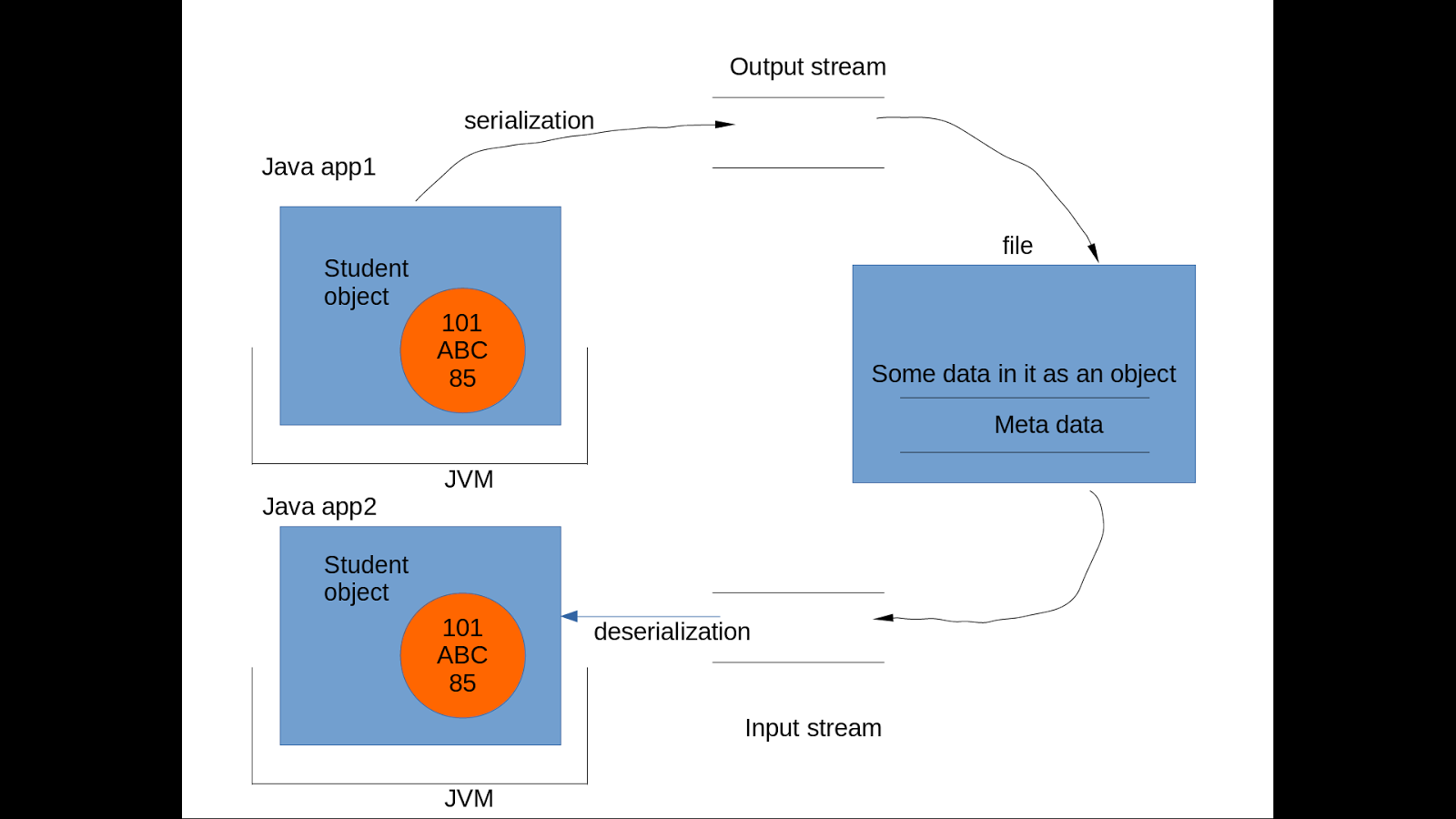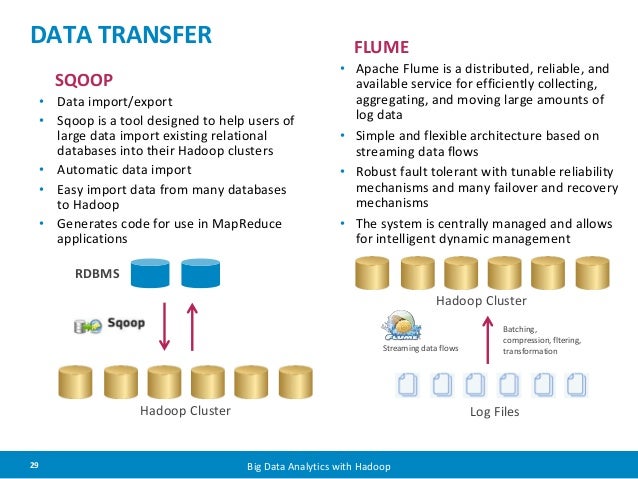

I’ve planned the complete series for Sitecore Content Serialization, so stay tuned, and if you have any questions or comments please do not hesitate to drop a comment below. To successfully configure Sitecore for Visual Studio, please read this blog.
#Serialization license
The Sitecore for Visual Studio requires a license to use this in your project you can buy the required licenses from TDS website. It also supports all the features provided by CLI, but all those features work within the graphical interface provided by Visual Studio. As the command line interface works with the command line, Sitecore for Visual Studio provides a graphical interface in Visual Studio to interact with the Sitecore instance. In Sitecore 9, we have used the Visual Studio plugin Sitecore Rocks to connect and handle the Sitecore instance from Visual Studio itself, and TDS supports within Visual Studio, similarly in Sitecore 10 comes with a tool that supports Visual Studio for Serialization. To successfully configure Sitecore CLI, please read this blog. Once the connection is established successfully, then we can pull/pull serialized items and publish the item as well. This tool communicates with the Sitecore instance through the comment line it provides authorization (ability to log in) while handshaking with the Sitecore instance. The Sitecore CLI is a new tool introduced with Sitecore 10 to achieve serialization. It is represented and stored in the form of a sequence of bytes.

This guide explores six emerging trends in Sitecore and the DXP landscape. Serialization: Serialization is the process of persisting the state of an object. The DXP landscape is evolving and organizations are increasingly embracing these changes. Over the past few years, Sitecore has transformed its architecture, offerings, and vernacular.

It also provides functionality to create a packager for later/future deployments. It allows you to add the serialized item into source control, and also easily push/pull the items on numerous environments. Sitecore 10 comes with new Sitecore Content Serialization, which consists of all the best features of both Unicorn and TDS. As If we configure any one of the above tools in the Sitecore instance, then all developers need to use the same tool also, we need to configure the same tool in all the lower environments along with production. Previously this can be done using Unicorn and TDS, and it worked well, but there was only one problem it’s not compatible with each other. To save the state of an object into a file, database etc. During development, developers move the content changes between numerous environments. Serialization is the process of converting an object or a set of objects graph into a stream, it is a byte array in the case of binary serialization. In this blog, let’s talk about the introduction to Sitecore Content Serialization.


 0 kommentar(er)
0 kommentar(er)
